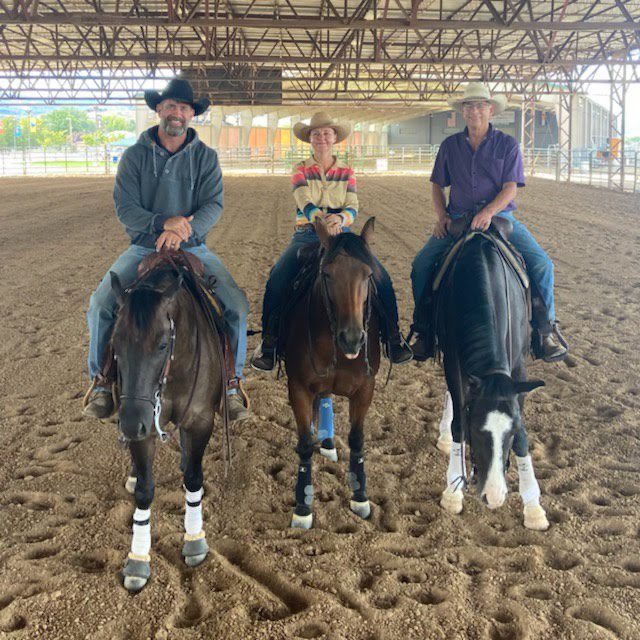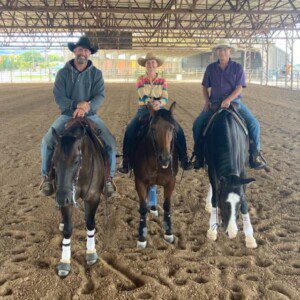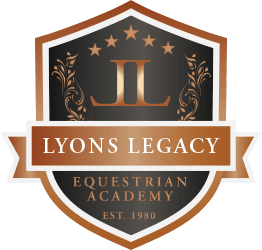Supreme Court GI Bill Ruling

Supreme Court GI Bill Ruling
The majority of veterans attending college today with federal financial support use the Post-9/11 GI Bill program. This generous benefit passed in 2008 and awards eligible veterans 36 months of tuition payouts, housing stipends and other financial assistance.
The Montgomery GI Bill program was the predecessor to that benefit, and is being phased out by the department. Although it offers far less money, it can still can provide several thousands of dollars annually to veterans for tuition costs if they paid into the program at the start of their military service.
Currently, VA officials make students give up eligibility for the Montgomery GI Bill program when they register to begin using the Post-9/11 GI Bill. That means that once their education benefits from that program are exhausted, they cannot receive more tuition support from the other program.
For veterans who have exhausted their Post-9/11 GI Bill benefits, the ruling could mean an additional 12 months of Montgomery GI Bill benefits to finish a degree program or start a new one, provided they served at least six years on active duty (three years each to qualify separately for the two programs).
“We are pleased the Supreme Court has made it clear that when veterans serve their country and qualify for both GI Bill benefit programs, they have the right to those benefits. And we are particularly encouraged that the Supreme Court’s opinion is apparently not limited to situations where a veteran served separate periods of service with a gap in between.”
Della Justice, Vice President of Legal Affairs for Veterans Education Success
This decision should allow all veterans who served enough time to earn both the Montgomery GI Bill and the Post-9/11 GI Bill to be entitled to use both GI Bill benefits in any order, up to the 48-month cap, as long as the benefits are not used concurrently. This is in direct contrast to how the Department of Veterans Affairs has administered the programs.
Lyons Legacy has supported our veterans for many years and continues to offer programs approved for the use of Veteran’s Education Benefits. We are forever grateful for your service and hope this ruling allows additional veterans to pursue the educational path of their choice.
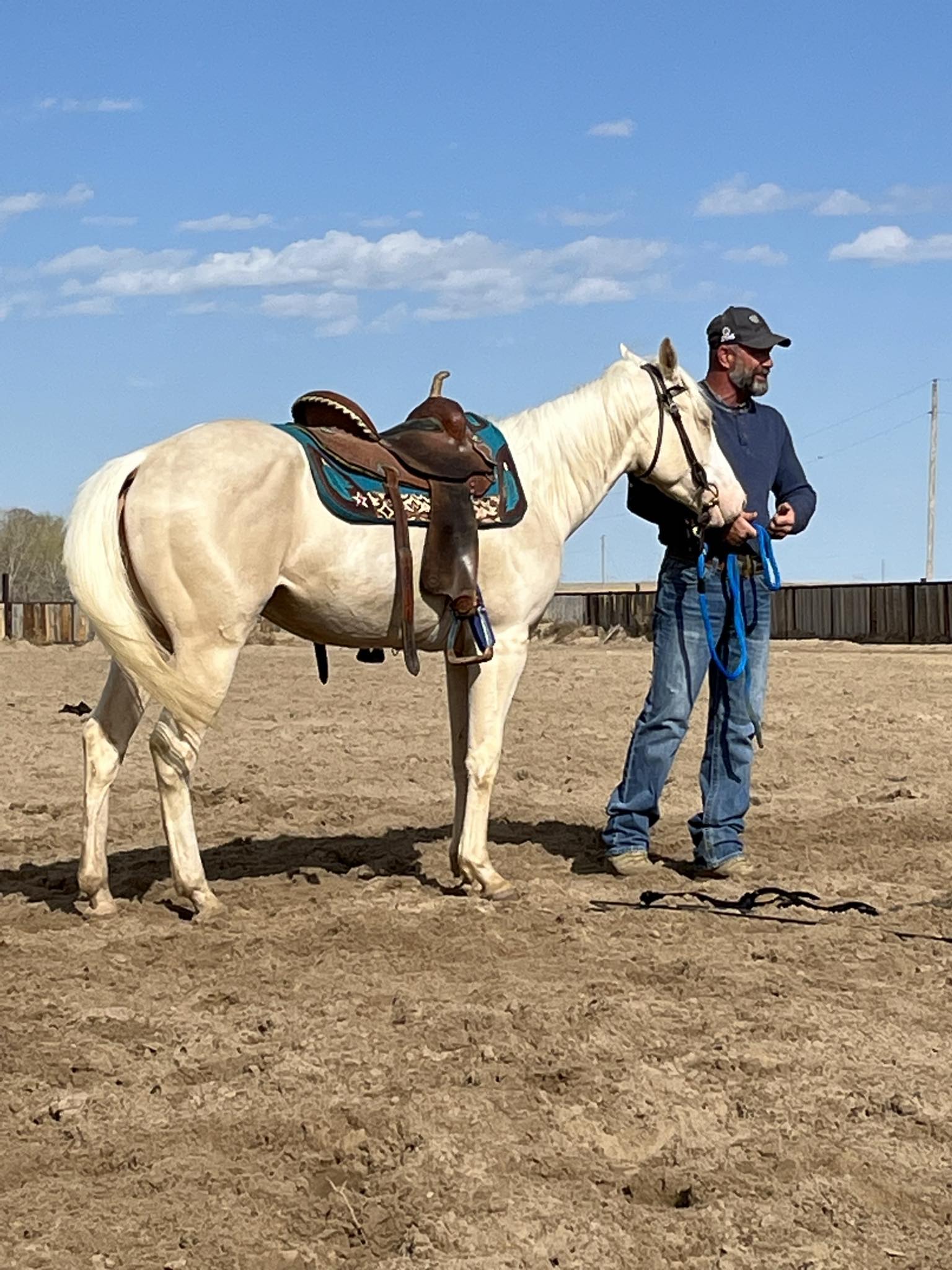
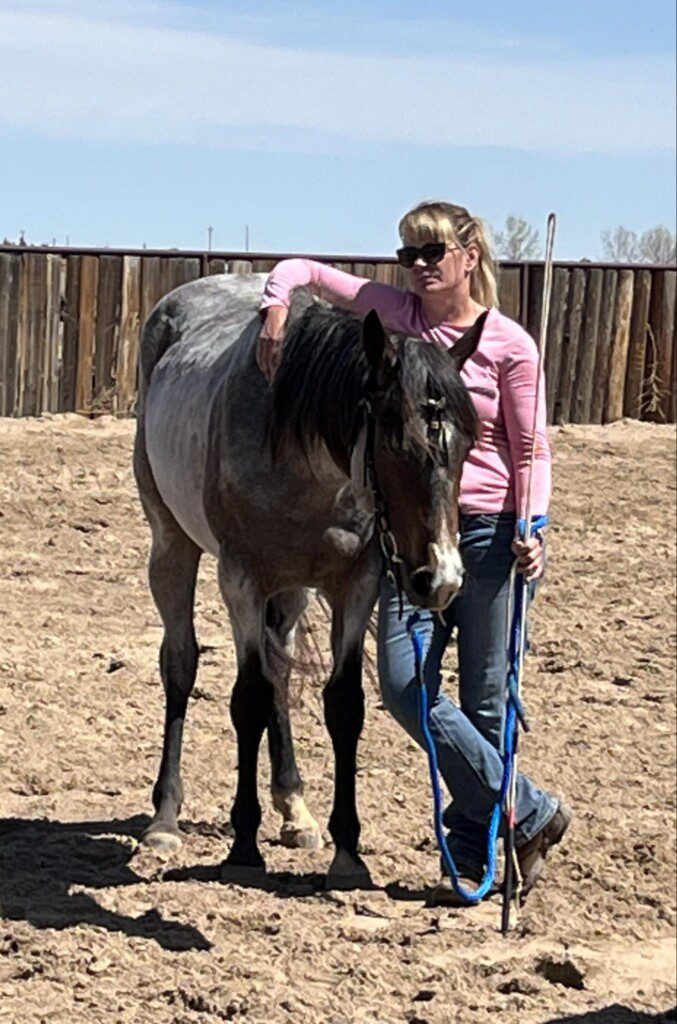
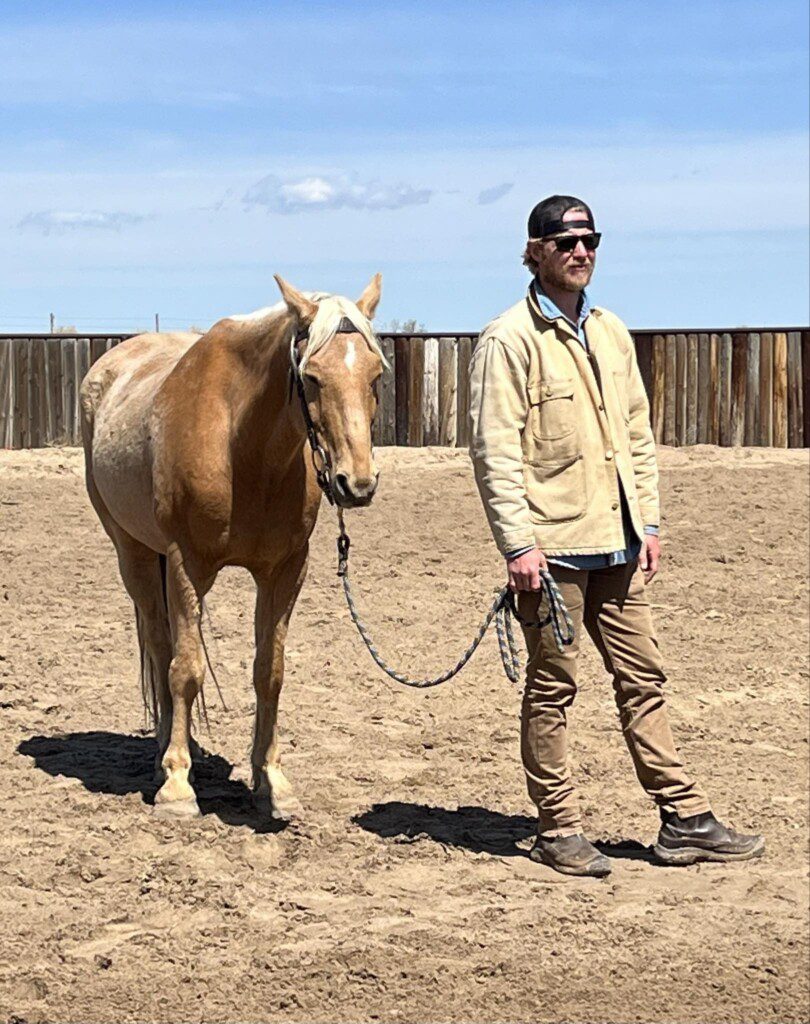

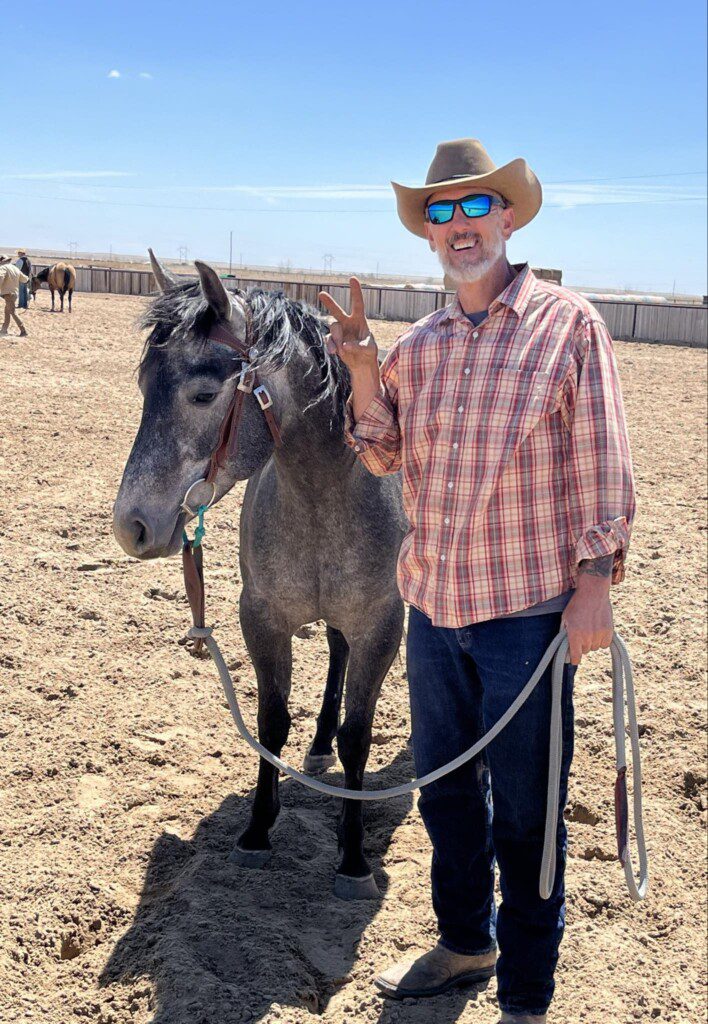


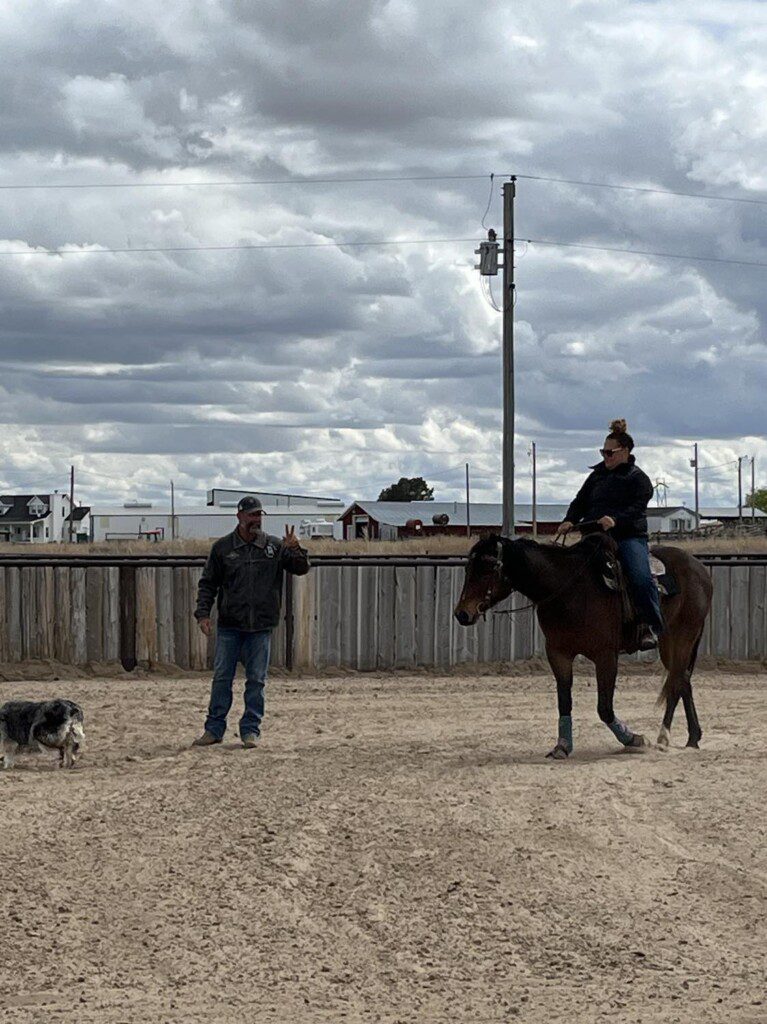
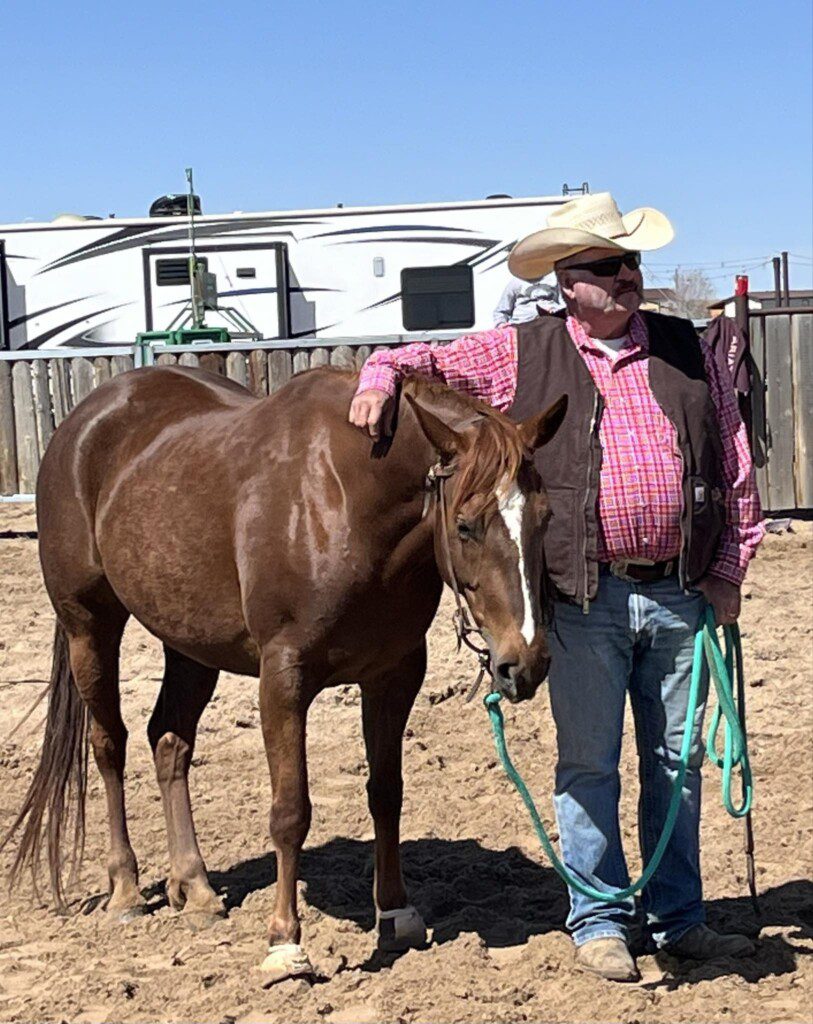

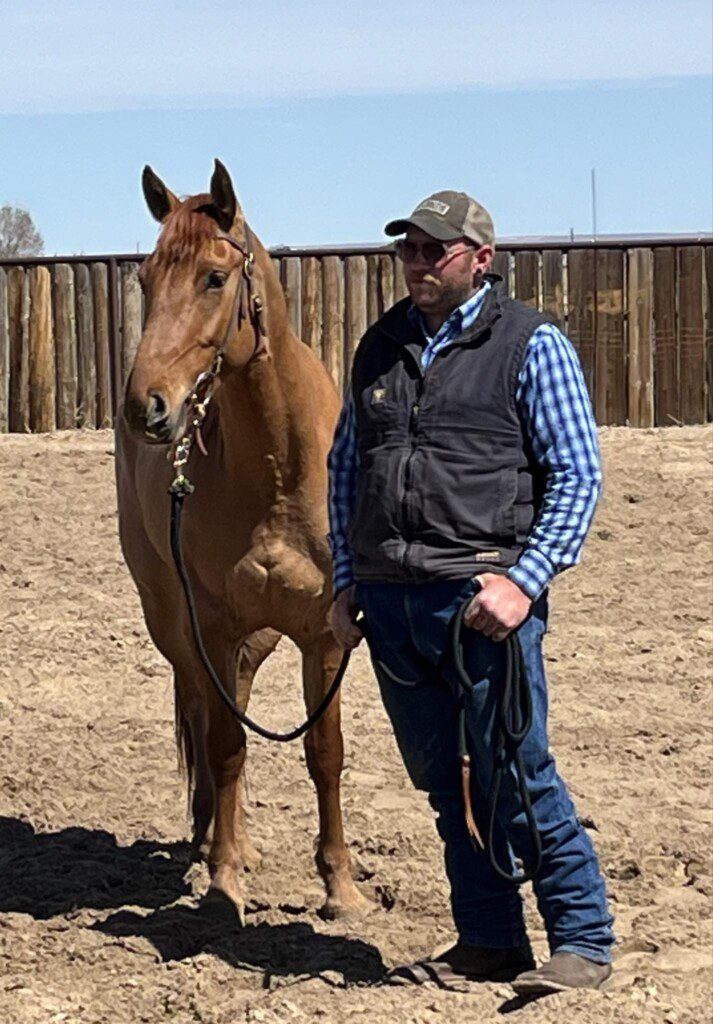


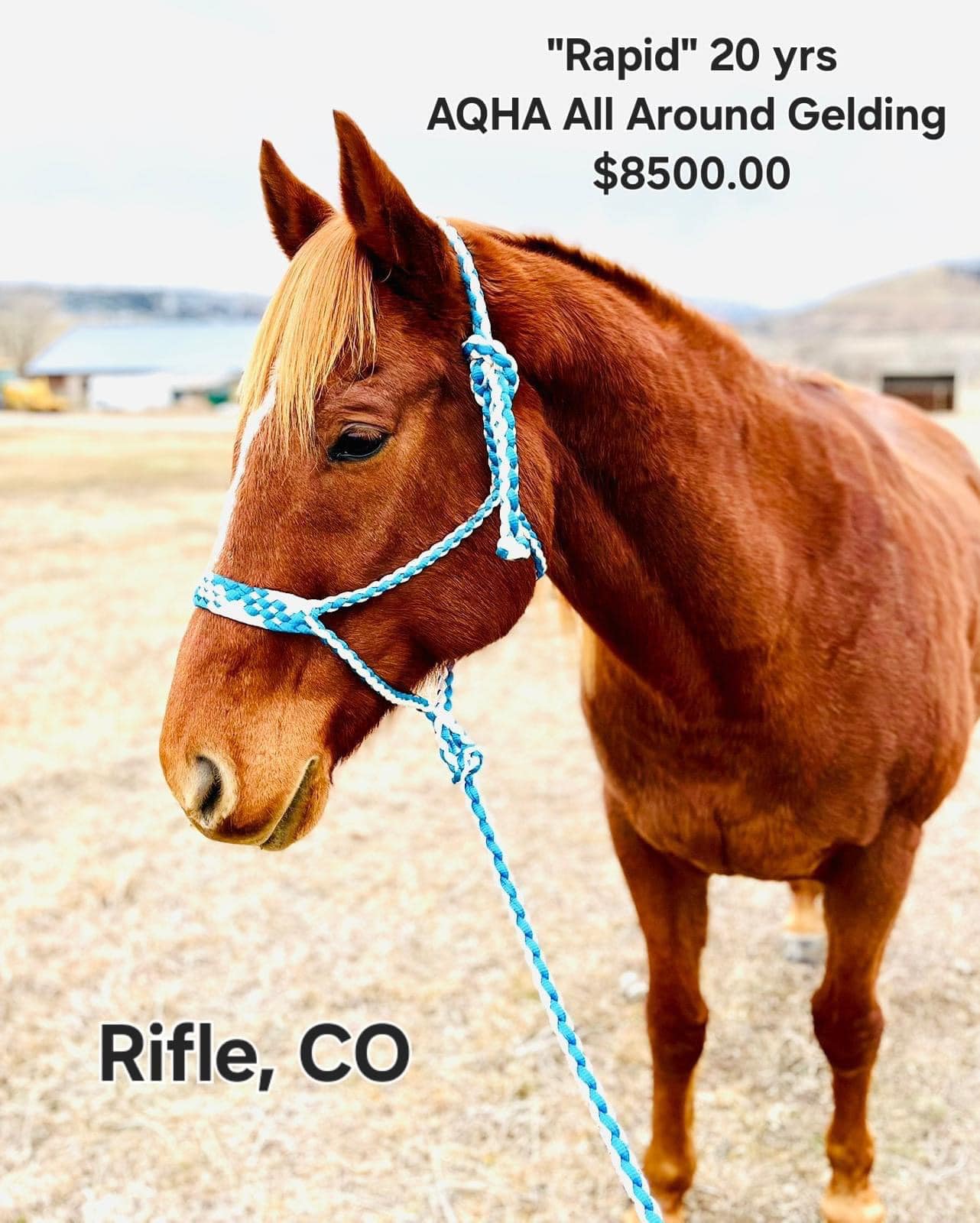
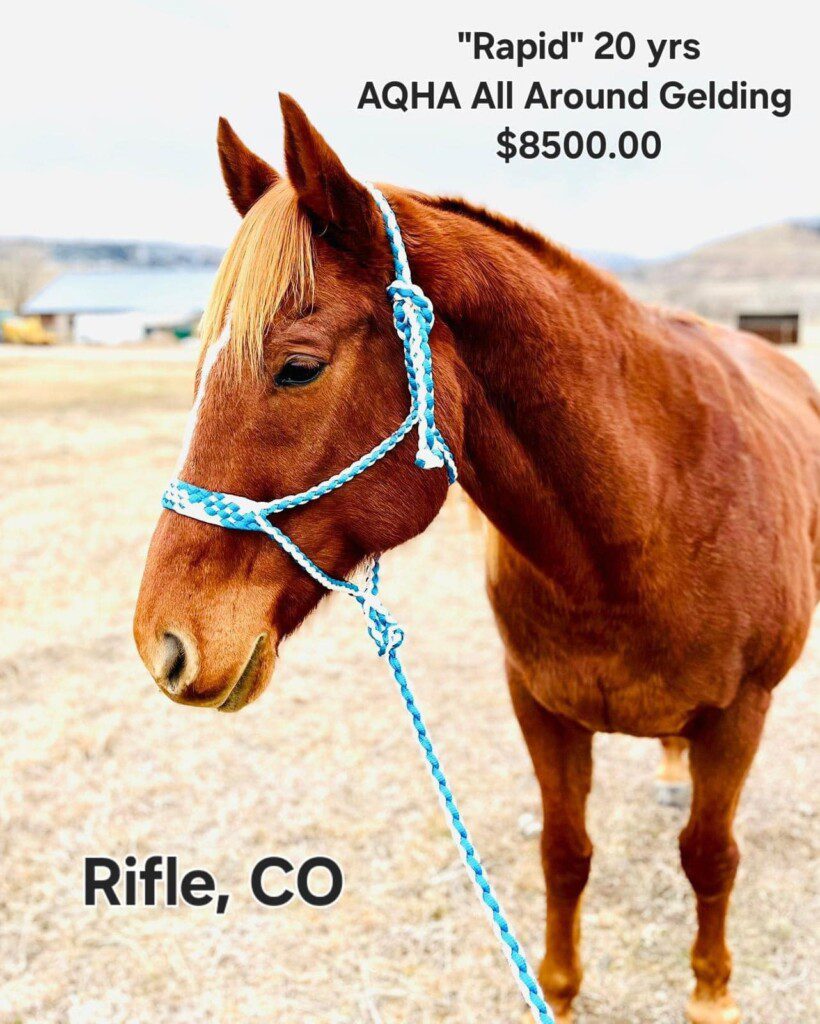
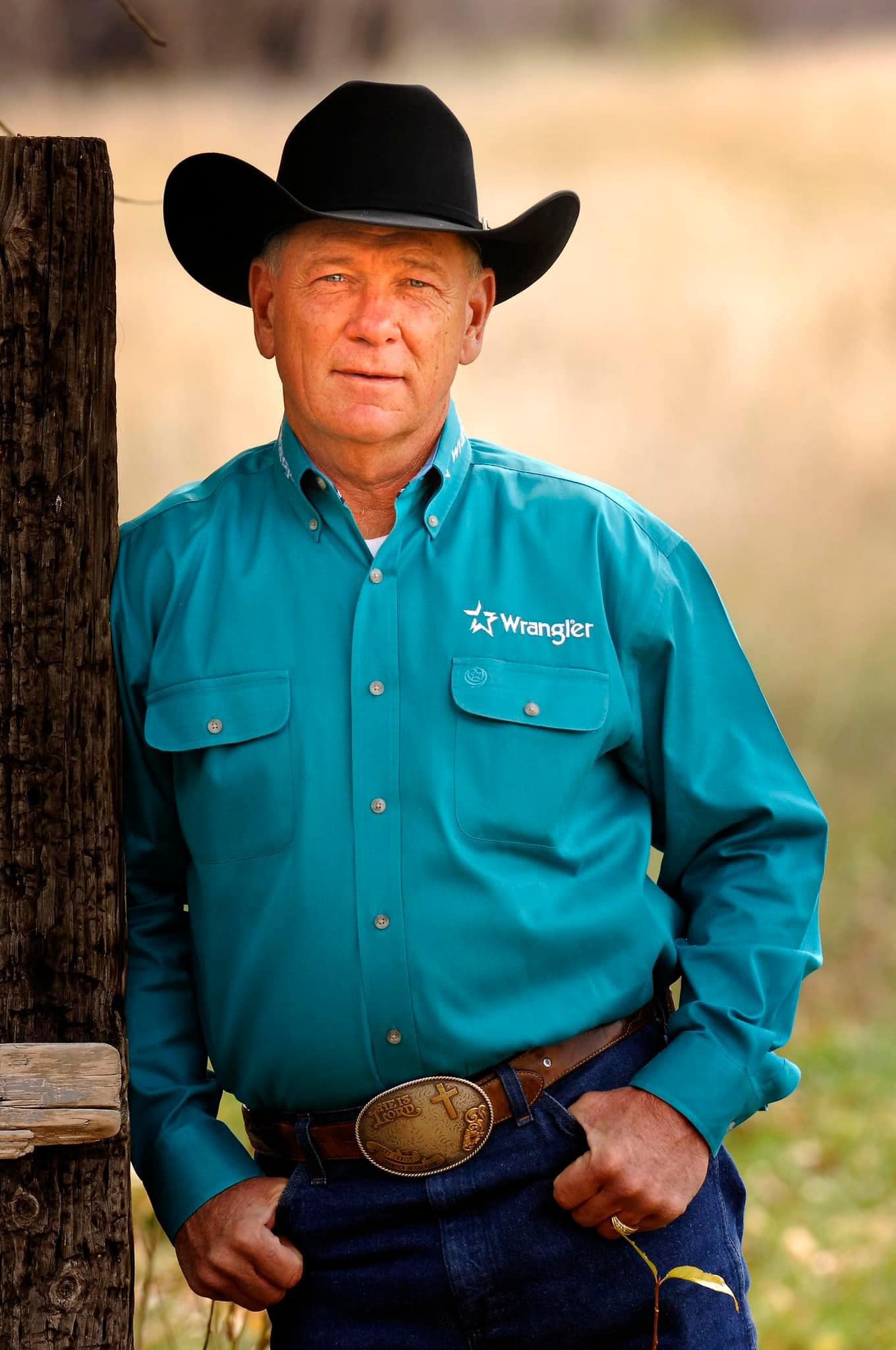
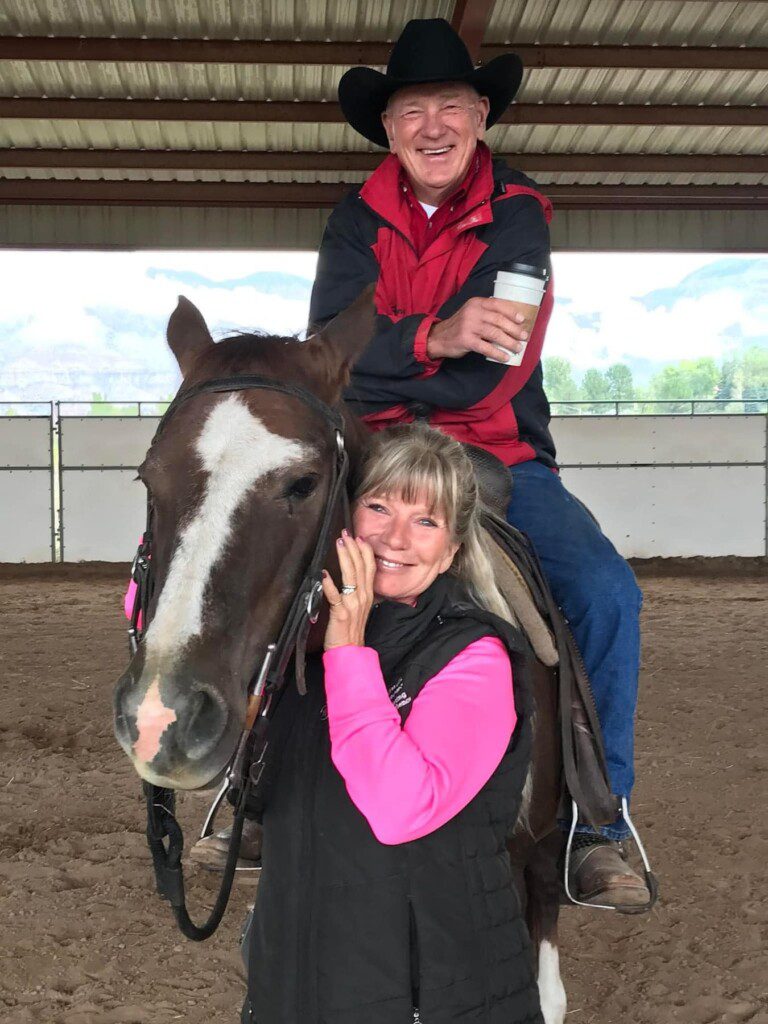
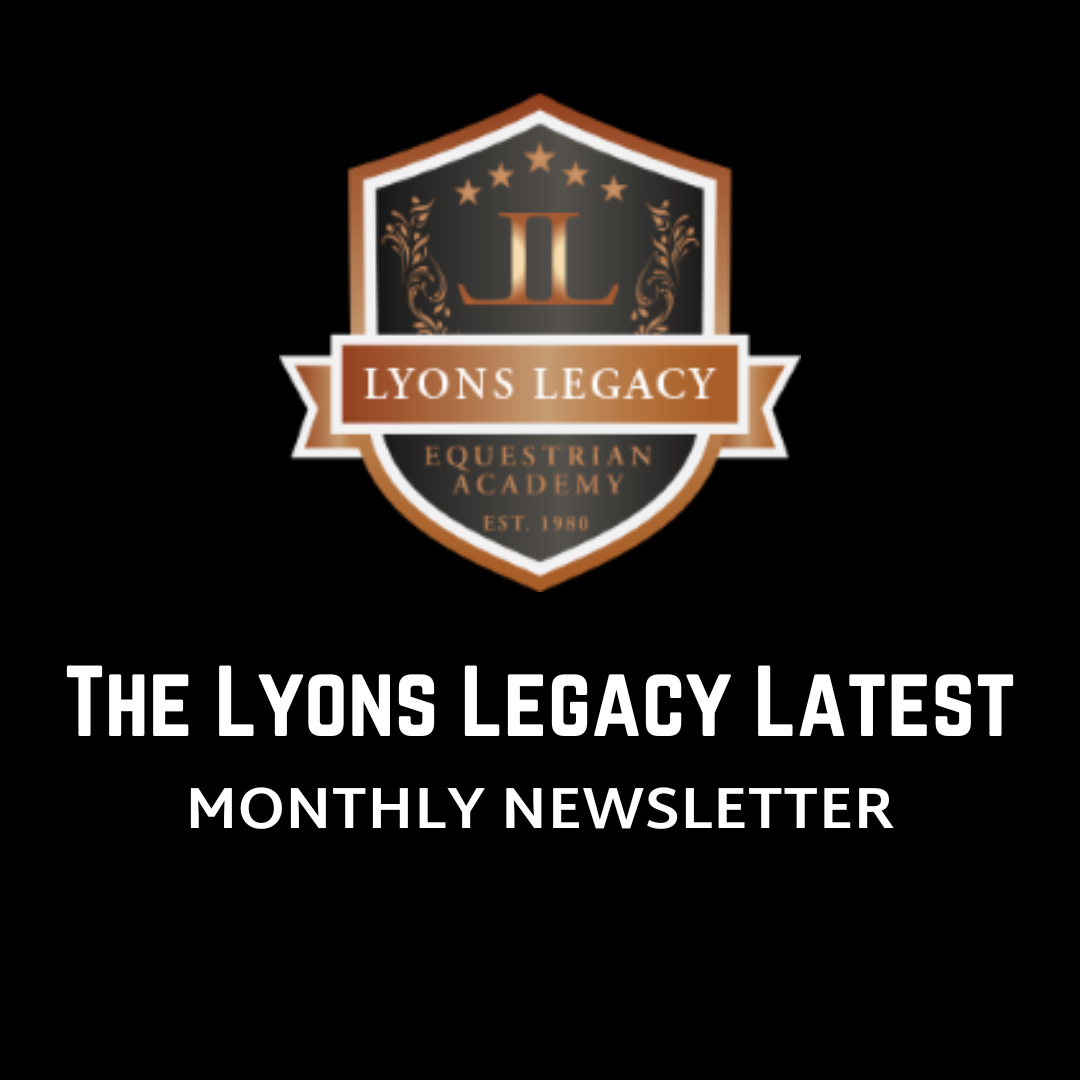
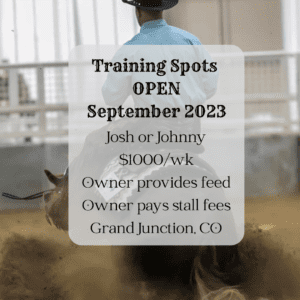
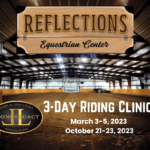
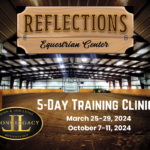

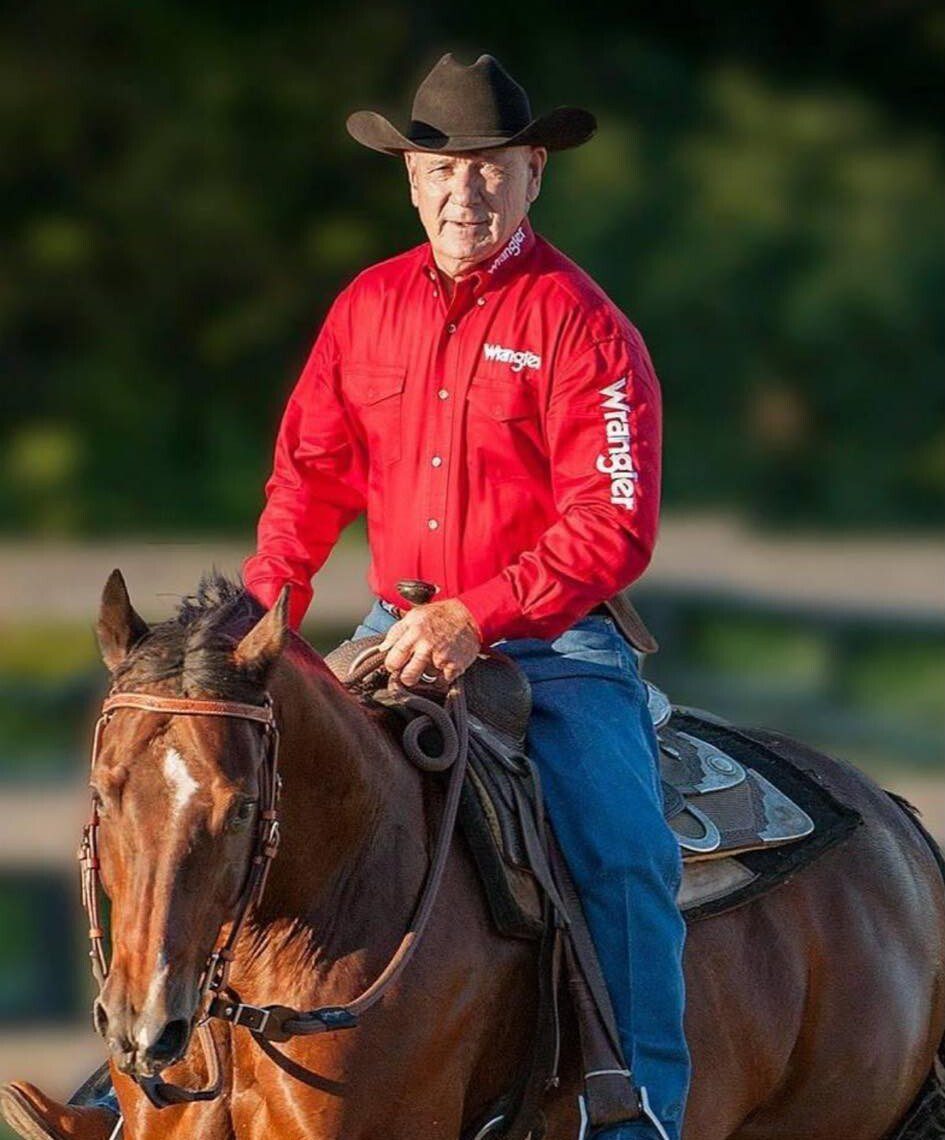
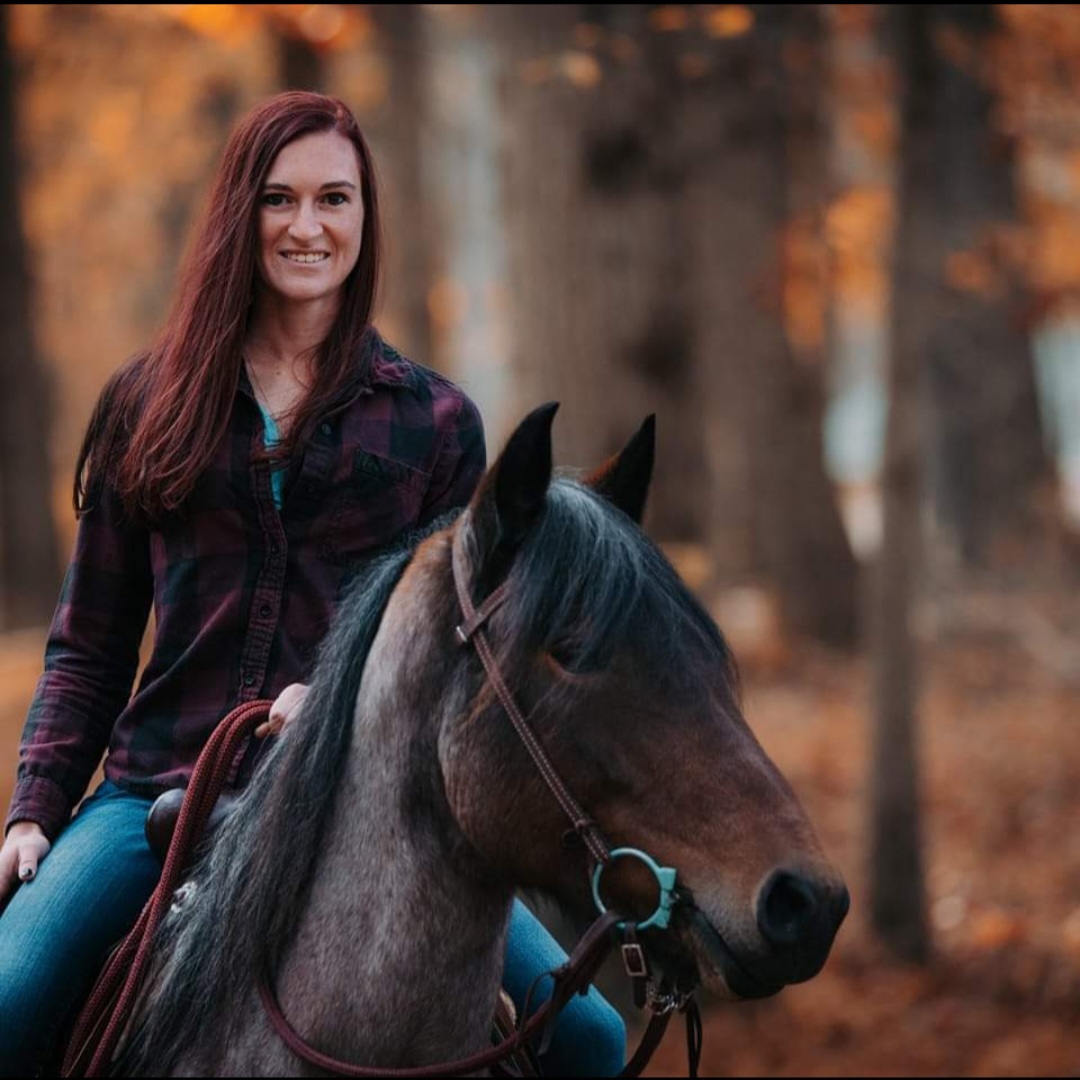
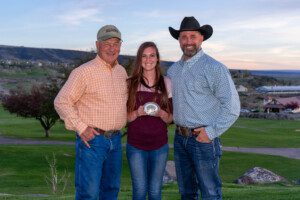
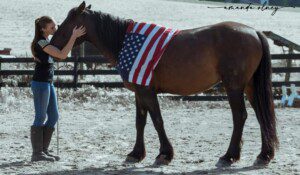 Alyssa said she grew up in Maryland where English and Hunter Jumpers dominate and she continues to train in those areas. She stresses the foundations of all disciplines are the same – even western and ranch riding. They just branch off into different technical areas.
Alyssa said she grew up in Maryland where English and Hunter Jumpers dominate and she continues to train in those areas. She stresses the foundations of all disciplines are the same – even western and ranch riding. They just branch off into different technical areas.